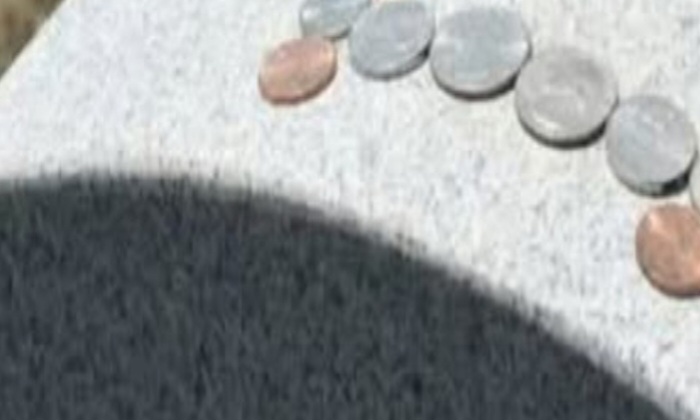Leaving coins on gravestones is a longstanding tradition with deep historical and symbolic significance, particularly in military cemeteries. This practice is a way for visitors to honor the deceased, show respect, and leave a message without using words. It has roots in ancient customs and continues to be a meaningful act today.
The History Behind the Tradition
The act of leaving coins on graves dates back to ancient times. In Greek mythology, people placed coins in the mouths or on the eyes of the dead to pay Charon, the ferryman who carried souls across the river Styx to the afterlife. Romans also had a similar tradition of leaving coins on graves as offerings to the gods or as a sign of respect.
In modern history, especially in military cemeteries, this practice has become a way for visitors to acknowledge and honor fallen soldiers. It gained popularity during the Vietnam War when it was used as a subtle way to communicate messages among veterans and their families.
Penny – A simple sign of respect, left by anyone who wishes to honor the deceased, regardless of whether they knew them personally.
• Nickel – Indicates that the visitor trained at boot camp with the deceased.
• Dime – Signifies that the visitor served in the same unit as the deceased.
• Quarter – Means the visitor was present when the d
eceased passed afrozen breakfast sandwichesway.
This system allows veterans, friends, and family members to communicate their connection with the deceased in a quiet but profound way.
